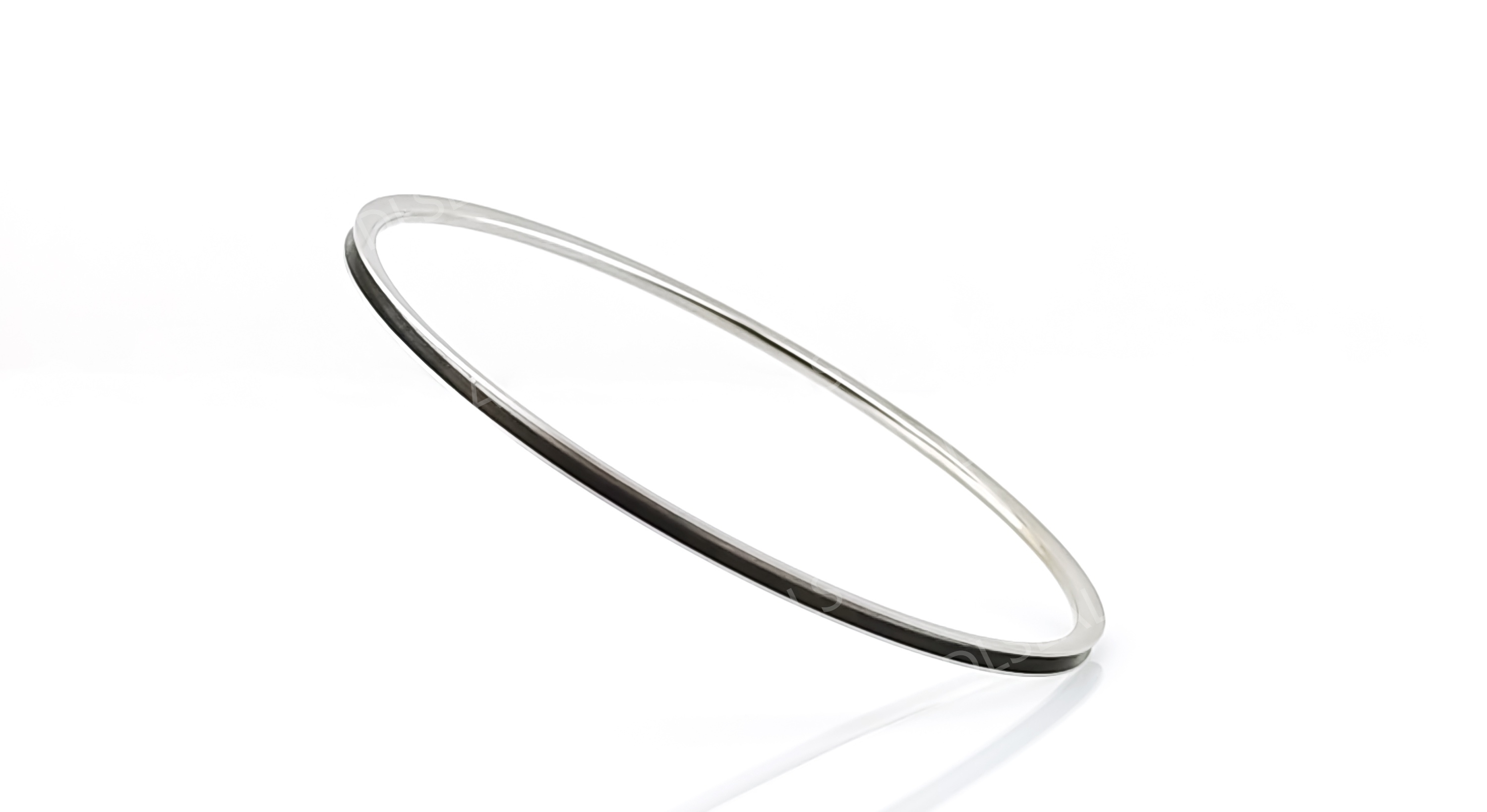
1. What is a metal U-ring?
The metal U-ring is an engineering component commonly used for sealing and connection. It is named because its shape resembles the letter “U”. It is usually made of metal materials, has high durability and strength, and is suitable for a variety of industrial applications. With its unique structural design, the metal U-ring can provide excellent sealing performance in mechanical connections to prevent leakage of liquids or gases.
2. Structural characteristics
The structure of the metal U-ring generally includes the following parts:
Outer side: in contact with the surface of the component, playing a role of sealing and fixing.
Inner side: in contact with the inner surface of another component to form a sealing interface.
Bottom: forming the curved part of the U shape, providing a certain degree of elasticity and adaptability.
This structural design enables the metal U-ring to withstand axial and radial pressure during operation, ensuring a good sealing effect.
3. Material types
Metal U-rings are usually made of the following materials:
Stainless steel: has excellent corrosion resistance and is suitable for use in humid or acid-base environments.
Aluminum alloy: lightweight and corrosion-resistant, suitable for applications with high weight requirements.
Alloy steel: has extremely high strength and wear resistance, suitable for high pressure and high temperature environments.
4. Application fields
Metal U-rings are widely used in many industries, including but not limited to:
Automotive industry: used in engines, gearboxes, brake systems and other parts to prevent oil and gas leakage.
Aerospace: used in the sealing system of aircraft and spacecraft to ensure continued effective operation under high pressure and high temperature conditions.
Mechanical engineering: used in various mechanical equipment to provide sealing and connection functions.
Oil and gas: used for pipeline connection and sealing to prevent liquid and gas leakage.
5. Working principle
The working principle of metal U-rings is based on its shape and the elasticity of the material. When installed, the U-ring is compressed to form a tight seal. As the working pressure and temperature change, the elasticity of the U-ring enables it to self-adjust to cope with changes in environmental conditions, thereby achieving a continuous sealing effect.
6. Conclusion
Metal U-rings have become an indispensable and important component in many industries due to their excellent mechanical properties, corrosion resistance and sealing effect. Understanding the basic concepts and definitions of metal U-rings will help you select and use this product more effectively in practical applications, thereby improving the operating efficiency and safety of the equipment.
Post time: Oct-17-2024
